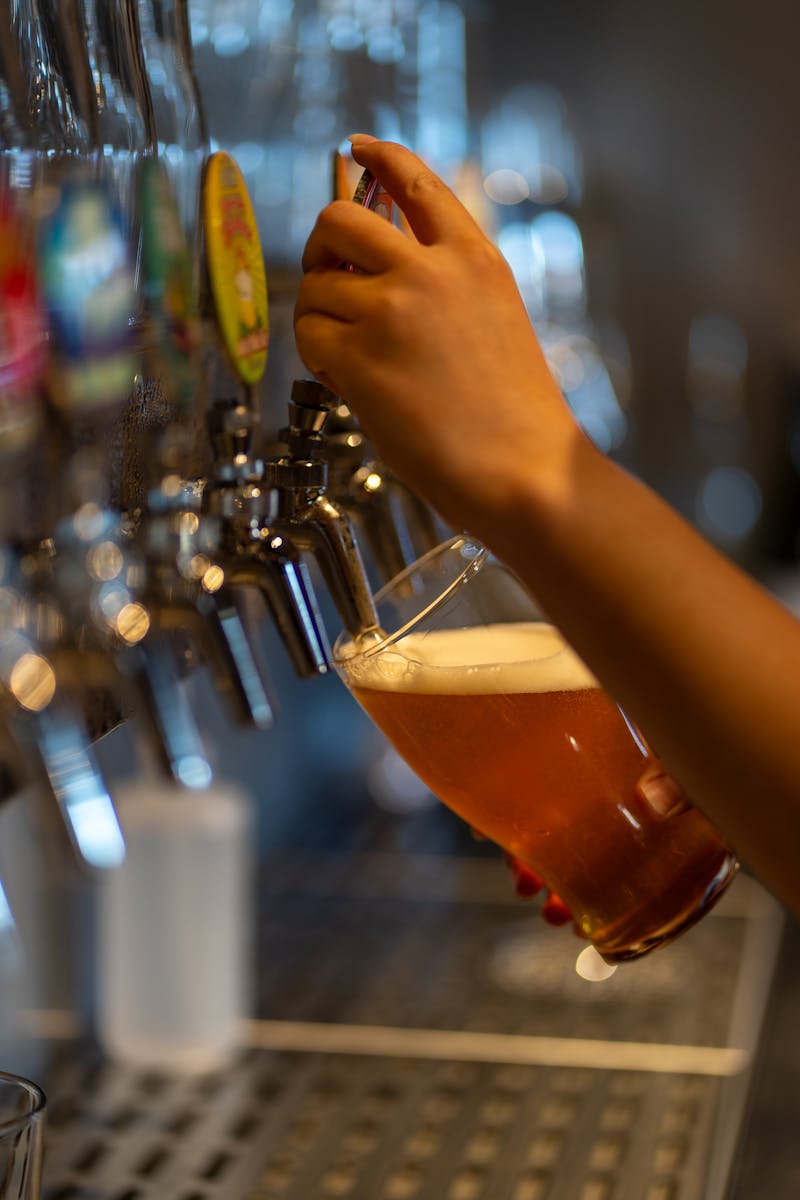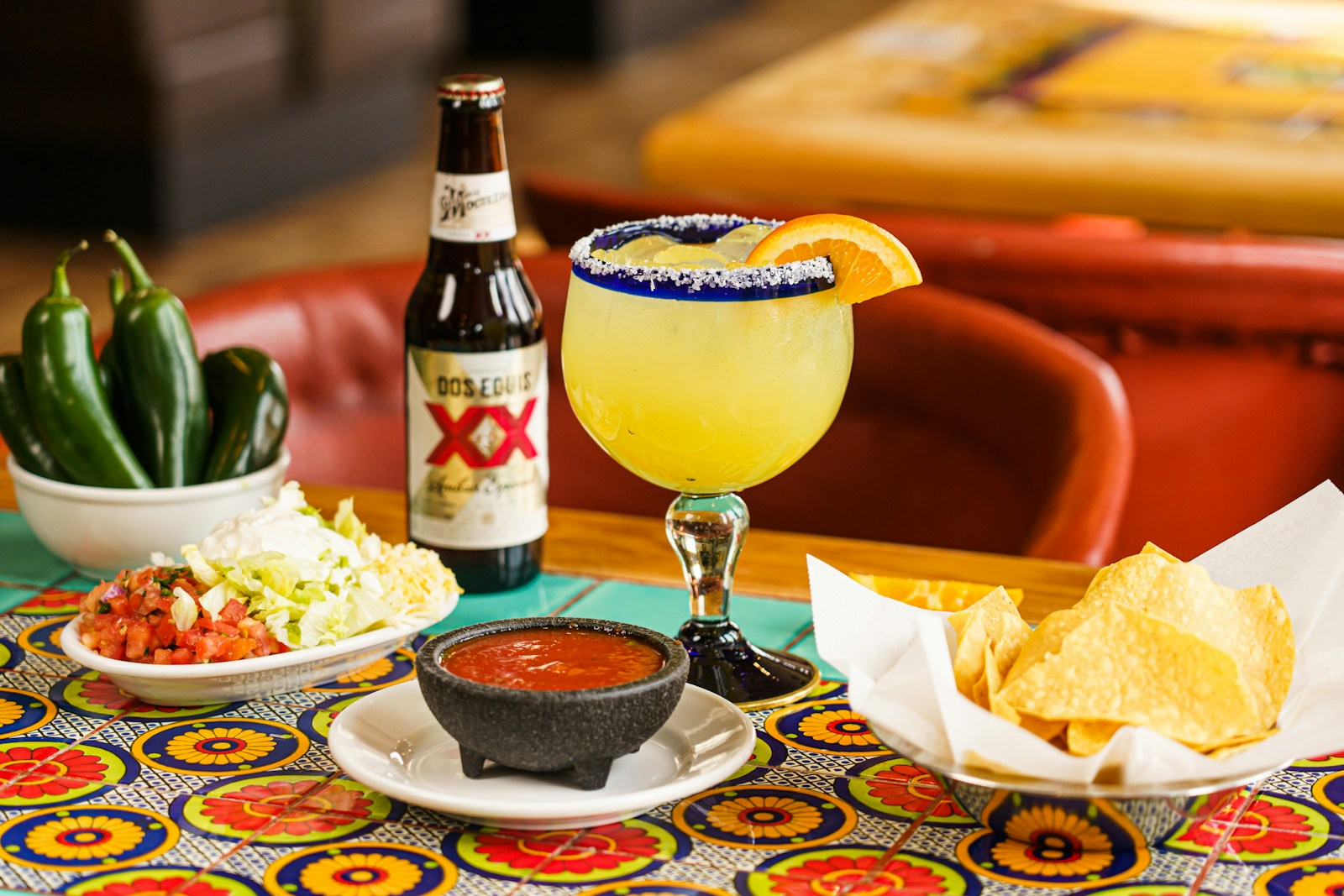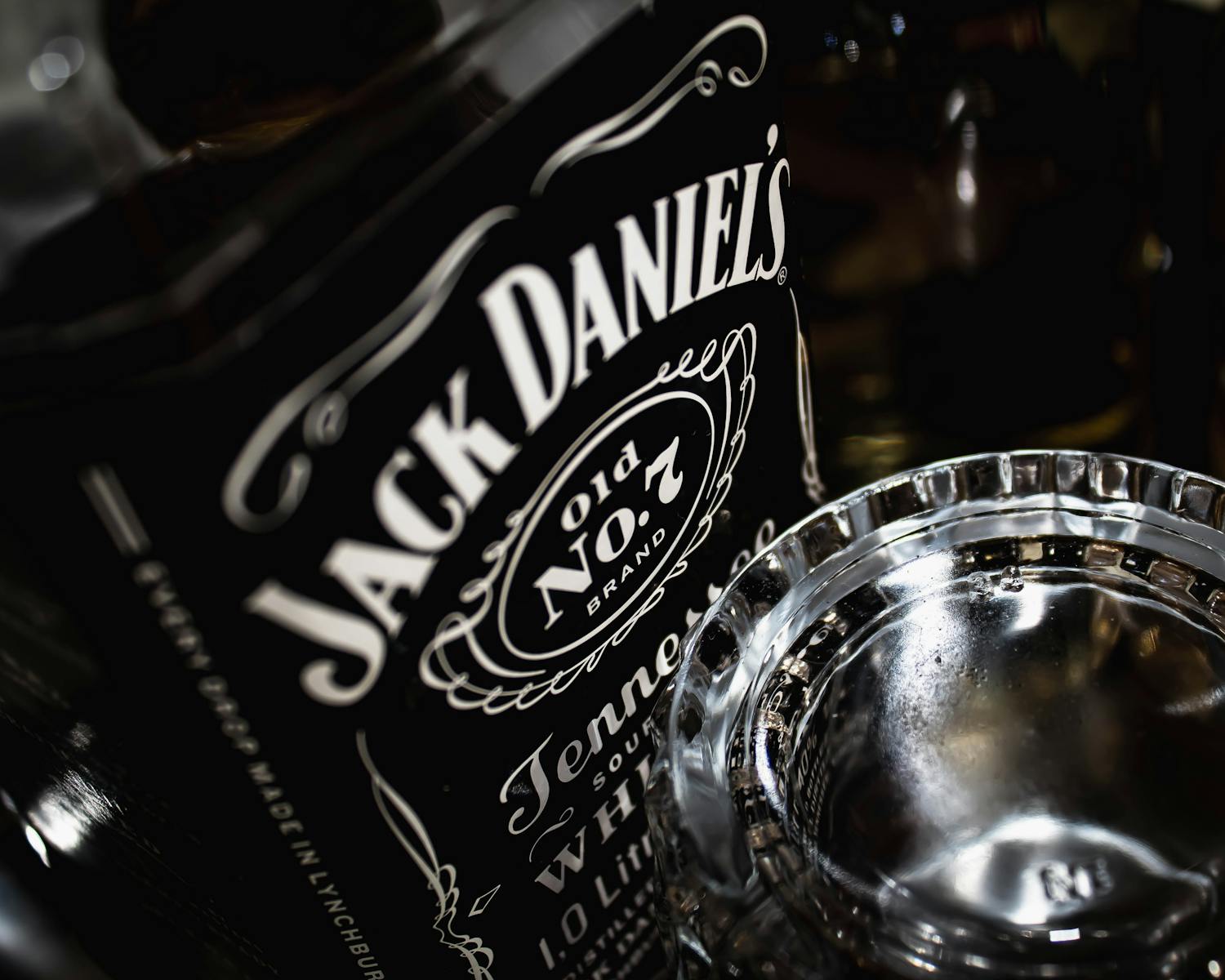IPA vs. Lager
Diving into the craft beer world sometimes feels like a never-ending adventure, and figuring out the differences between IPA and lager can make my beer-drinking escapades even more fascinating.
Differentiating Ales and Lagers
All those delightful beers out there? They’re either ale or lager. What’s the big difference? It’s all about the fermentation shenanigans. It’s not just a temperature party; it’s about what kind of yeast gets in the mix and the vibes (temperatures) they’re partying at. Ales, like their feisty IPA cousins, throw their fermentation shindigs at warmer temps, with a zest starting at 60°F. On the flip side, lagers chill—they prefer the cooler bracket, between 35°F and 55°F, to do their thing (CNET).
Temperature isn’t just a number on a thermometer; it changes how long the party lasts and the kind of flavor music playing in your pint. Ales are all about the quick beats, leaving a unique taste trail, while lagers prefer a slower groove.
| Beer Type | Fermentation Temperature |
|---|---|
| Ales (including IPAs) | Minimum 60°F |
| Lagers | 35°F – 55°F |
Brewing Yeast Varieties
Now, here’s where yeast comes in to do its magic. The yeast not only gatecrashes but steals the show. Ales put top fermenting yeast in the spotlight, thriving in the warmer dance floor temperature. This yeast grooves out fruity and spicy tunes, adding layers and depth to the beer’s character. But don’t count out lagers. They’re powered by bottom fermenting yeast in the cool section, offering a neat, crisp sip (New Trail Brewing Co.).
It’s not just about taste, either. The yeast wields power over the feel of the beer as it dances on the palate. Grab an IPA, and you’ll likely be hit by a wave of hoppy richness and aromatic flair. Lagers, on the other hand, bring a chilled, soothing vibe.
| Beer Type | Yeast Type | Fermentation Style |
|---|---|---|
| IPA (Ale) | Top fermenting | Warmer temps, fruity/spicy vibes |
| Lager | Bottom fermenting | Cooler temps, crisp taste |
Getting the lowdown on these essential differences between IPAs and lagers makes time with a beer in hand all the more rewarding. Curious to expand my beer knowledge? There’s a whole spectrum of IPA styles to discover or delve into what gives craft beers their distinctive edge compared to regular brews.
IPA Variations
Exploring IPA Styles
Alright, folks, let’s talk beer—specifically, those tasty India Pale Ales or IPAs. I can’t get enough of exploring the wild flavors and styles packed in these brews. Here’s a little tour of my favorite IPA types that you’re gonna want to sip and savor.
| IPA Style | Description |
|---|---|
| West Coast IPA | Born out of the Californian sun back in the late ’70s, these guys are all about that clear look with just a hint of haze. If you love a beer that bites back with bold hop bitterness, this is your jam, flaunting classic American hop varieties. |
| New England IPA | Straight outta states like Vermont and Massachusetts, this style feels like a hop aroma bomb, wrapped in a silky, oaty hug. With flavors like fruity pebbles thanks to hops like Mosaic and Galaxy, these brews bring the party to your taste buds. |
| Session IPA | These are the lightweights of the IPA scene. They pack a hop punch but with a chill alcohol content, perfect for those times you wanna enjoy a few more without losing your balance. |
| Double IPA | Up the ante with these big guns—strong in taste and alcohol. If you’re looking to feel those hops and malt at full blast, this is your go-to, with ABVs typically stretching from about 7.5% all the way to a giddy 9.9%. |
Each style puts its own spin on hops, making every pour a new adventure in flavor land. Characteristics that make a great IPA? You gotta have the right hops bite, a sweet kiss of coolness, fresh citrus, a good dry snap, and everything jiving together in harmony. I love how each sip invites you to discover the craftsmanship behind these brews. So, if you’re a curious beer enthusiast ready for an adventure, you might wanna peek at how do you know if a beer is a craft beer? for more tips. Cheers to your next IPA escapade!
Affiliate Disclosure: This post may contain affiliate links. If you click and purchase through one of these links, we may receive a small commission at no extra cost to you. Thank you for your support!




